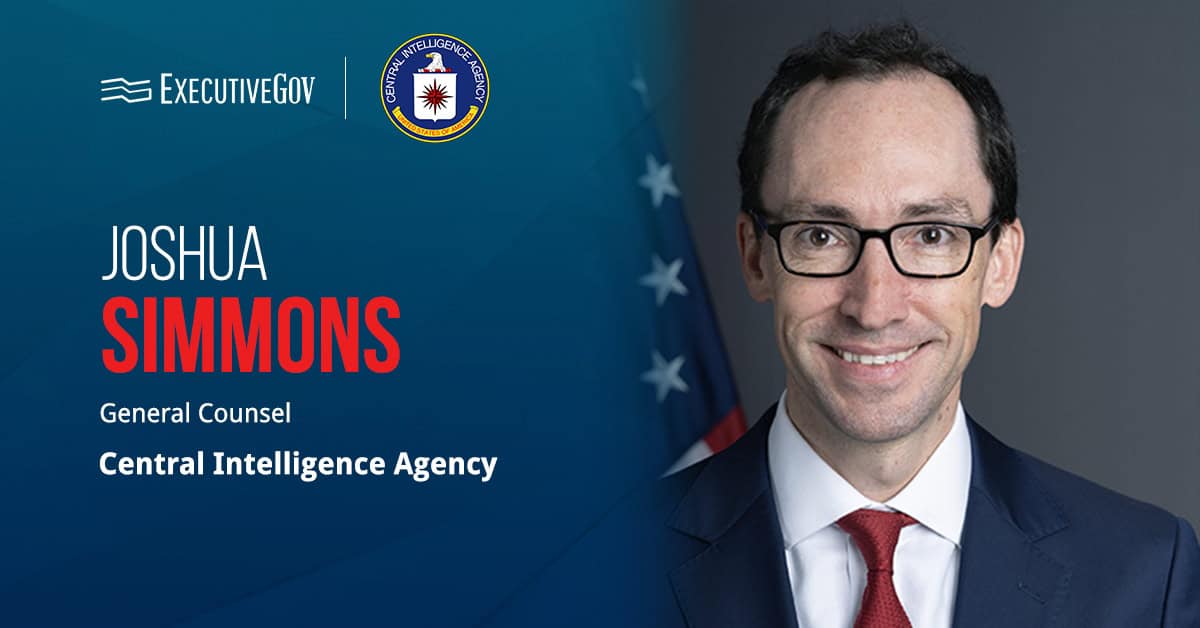The Small Business Administration plans to launch a new tool in September designed to improve the digital experience for small enterprises when applying for and managing multiple federal contracting certifications.
SBA said Wednesday the tool, called MySBA Certifications, seeks to reduce the paperwork burden for certifying businesses and enable companies to manage all federal contracting certifications in a single place and access resources to help them win contracts.
The SBA programs that could be accessed through the new certifications tool include women-owned small business, veteran-owned and service-disabled veteran owned small business, 8(a) Business Development Program and the Mentor-Protege program.
SBA Administrator Isabel Casillas Guzman said the agency has been modernizing product and service delivery and advancing customer experience across its programs under the current administration.
“MySBA Certifications marks the latest investment which will make it easier than ever for more small business owners to get certified and pursue federal contracting opportunities,” Guzman added.





